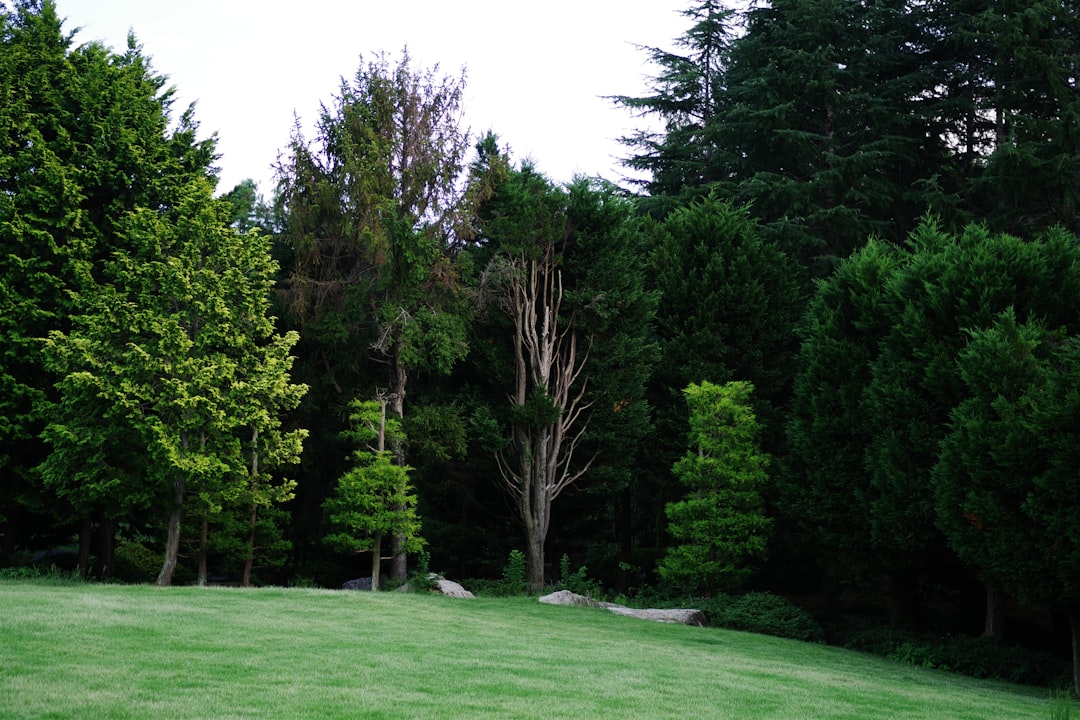Reviving Dry Repotting Soil for Thriving Container Plants

Container gardening is a delightful way to bring greenery into small spaces, balconies, or patios. However, one common issue that container gardeners often face is when the repotting soil becomes so dry that it repels water. This can be a real challenge as it prevents the plants from getting the necessary moisture to thrive. In this article, we will explore effective ways to rehydrate dry repotting soil and ensure that your container plants receive enough moisture to flourish.
First, it's important to understand why the repotting soil might become dry and water - repellent. Over time, the organic matter in the soil can break down, and a hydrophobic layer can form on the soil particles. This layer makes it difficult for water to penetrate the soil. Additionally, if the soil has been left dry for an extended period, it can develop this water - repellent characteristic.
One of the simplest methods to rehydrate dry soil is the soak - and - drain technique. Start by placing the container with the dry soil in a larger basin or tub. Fill the basin with water until it reaches about halfway up the side of the container. Let the container sit in the water for at least 30 minutes to an hour. During this time, the dry soil will gradually absorb the water from the bottom up. Once the soil has absorbed enough water, remove the container from the basin and allow it to drain thoroughly. This method ensures that the entire root ball gets rehydrated.
Another approach is to use a wetting agent. Wetting agents are substances that help to reduce the surface tension of water, allowing it to penetrate the dry soil more easily. You can purchase commercial wetting agents from a garden center. Mix the wetting agent with water according to the manufacturer's instructions and then water the dry soil with the solution. This will help the water to spread evenly throughout the soil and reach the plant roots.
For a more natural alternative, you can make your own wetting agent using dish soap. Add a few drops of mild dish soap to a gallon of water. Stir the solution gently to avoid creating too many bubbles. Then, use this soapy water to water the dry soil. The dish soap will act as a surfactant, breaking down the hydrophobic layer on the soil particles and allowing the water to penetrate.
When rehydrating dry soil, it's also important to consider the frequency of watering. After rehydrating the soil, you may need to water your container plants more frequently for the first few days to help them recover. However, be careful not to over - water, as this can lead to root rot. Check the soil moisture regularly by sticking your finger about an inch into the soil. If it feels dry, it's time to water.
Proper soil aeration can also play a role in preventing the soil from becoming dry and water - repellent in the future. You can use a small hand fork or a soil aerator to gently loosen the top layer of soil. This will allow air to circulate in the soil and help to keep it moist. Additionally, adding organic matter such as compost or well - rotted manure to the soil can improve its water - holding capacity and prevent it from drying out too quickly.
Another tip is to mulch the surface of the soil in your containers. A layer of mulch, such as shredded bark or straw, can help to retain moisture in the soil by reducing evaporation. It also helps to regulate the soil temperature, keeping it cooler in the summer and warmer in the winter.
In conclusion, dealing with dry and water - repellent repotting soil in container gardens is a common but manageable problem. By using techniques such as the soak - and - drain method, wetting agents, and proper watering and aeration, you can rehydrate the soil and ensure that your container plants have the moisture they need to thrive. With a little care and attention, your container garden will continue to be a beautiful and vibrant addition to your living space.